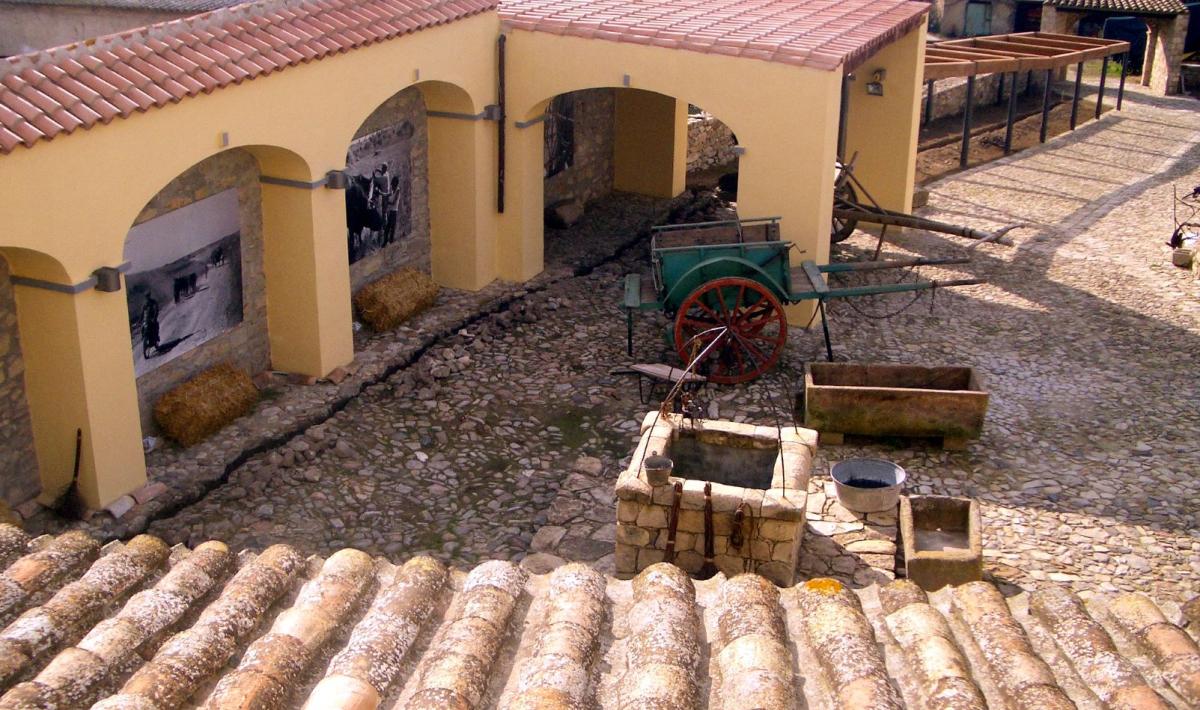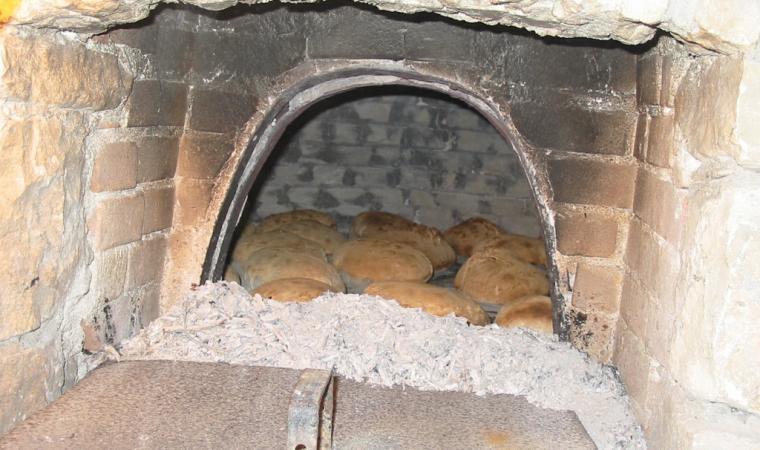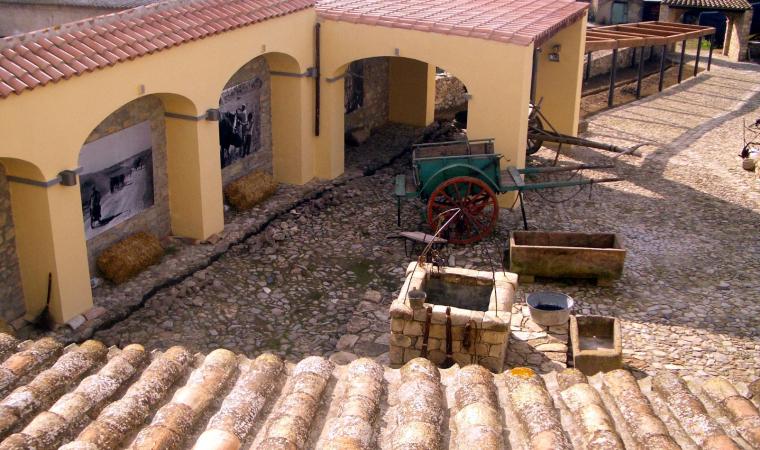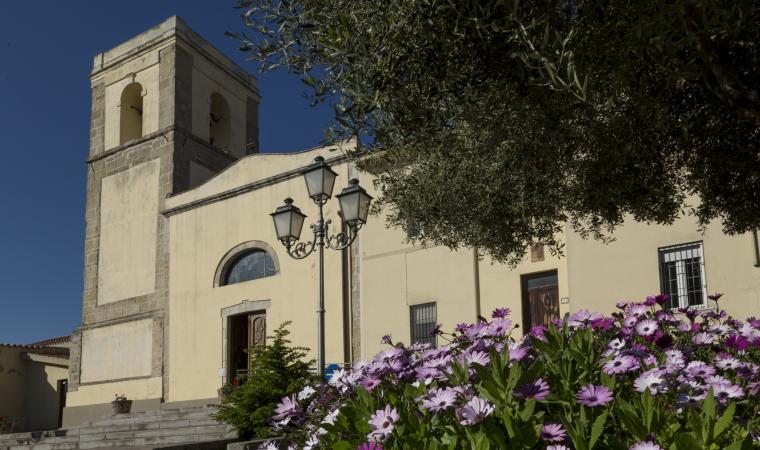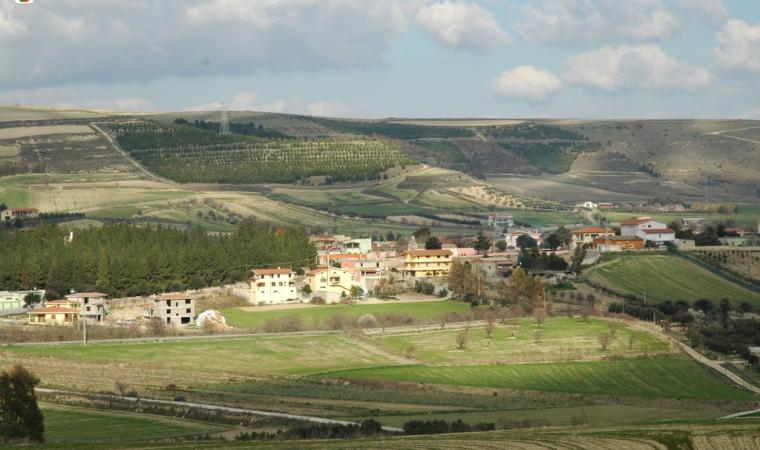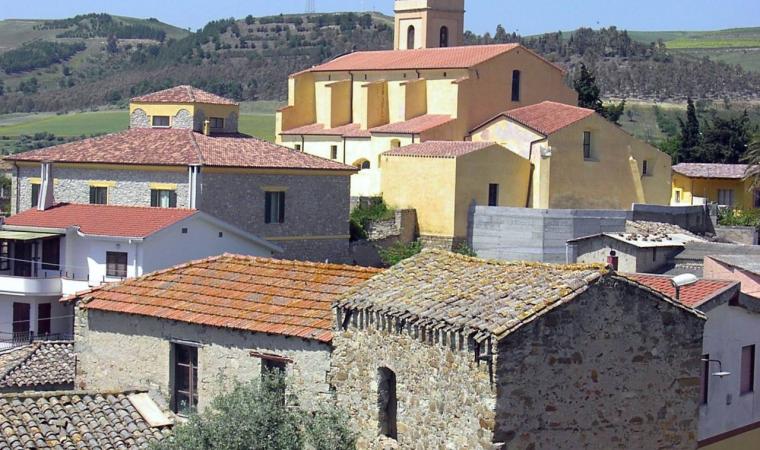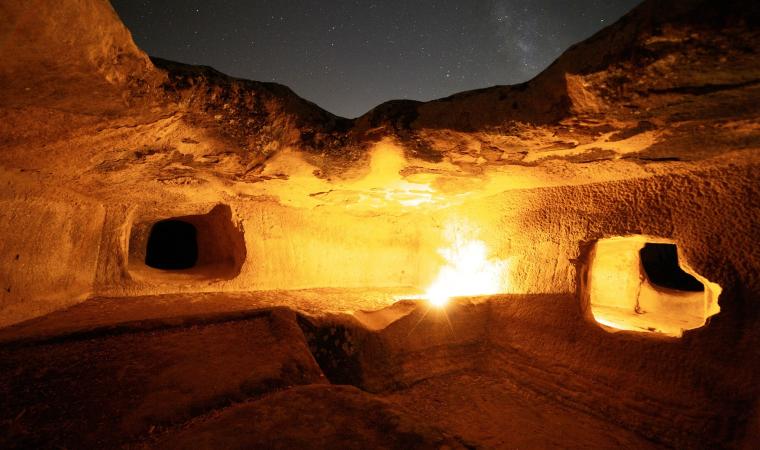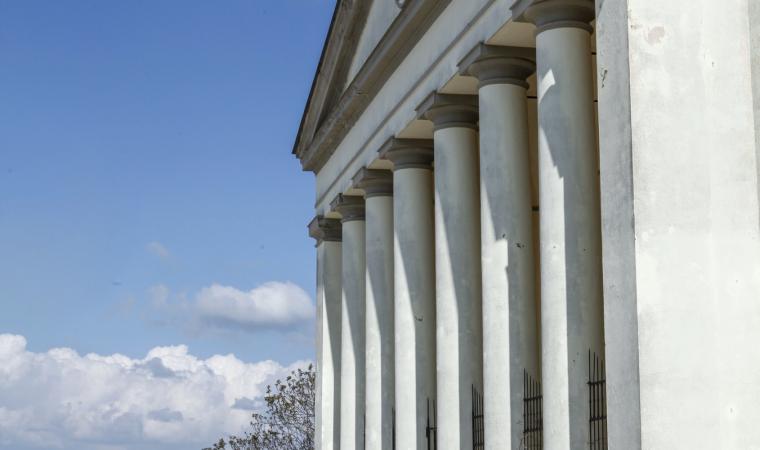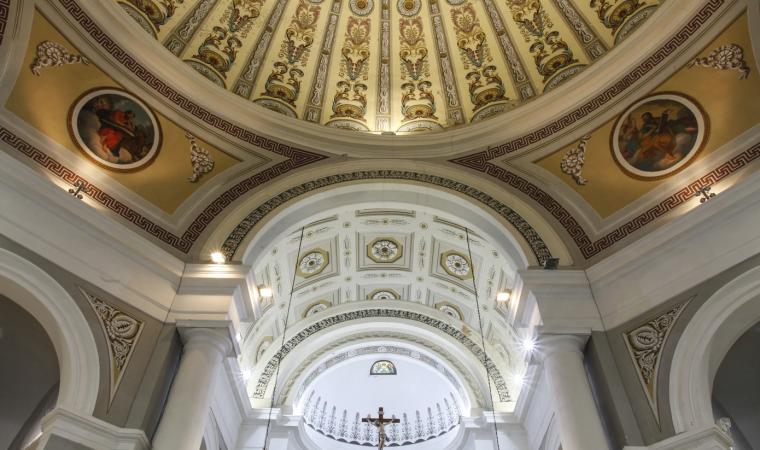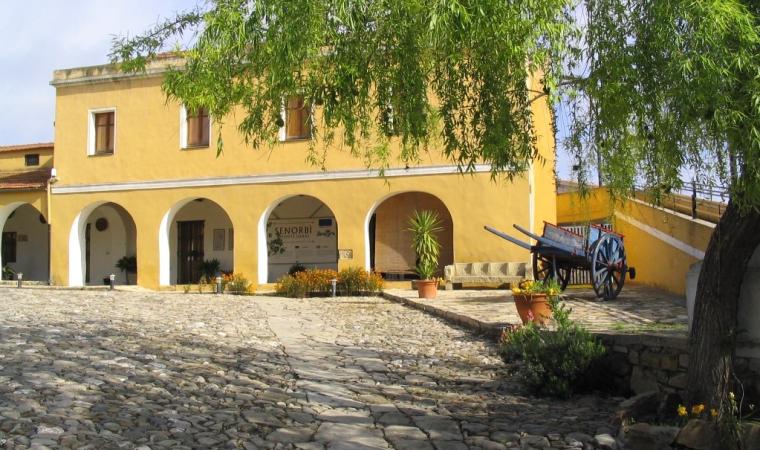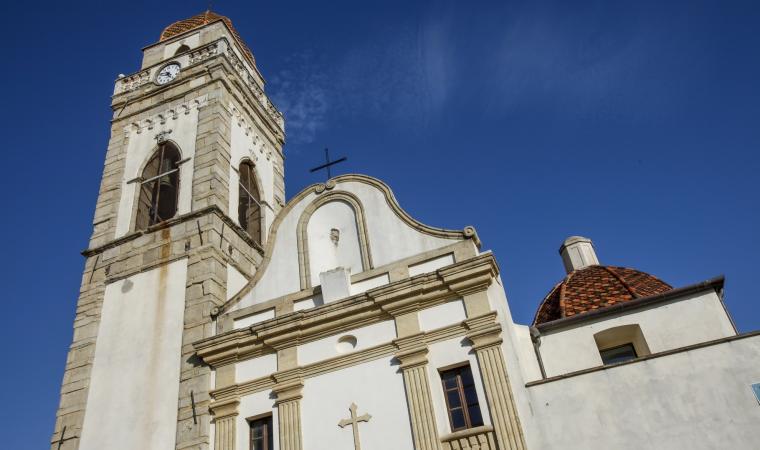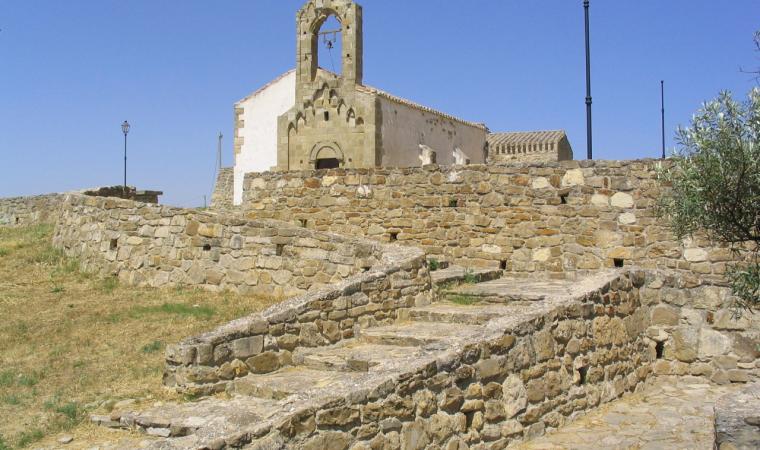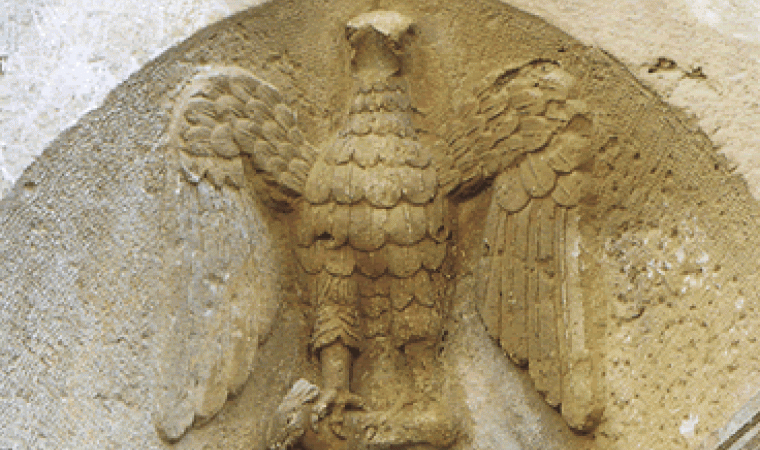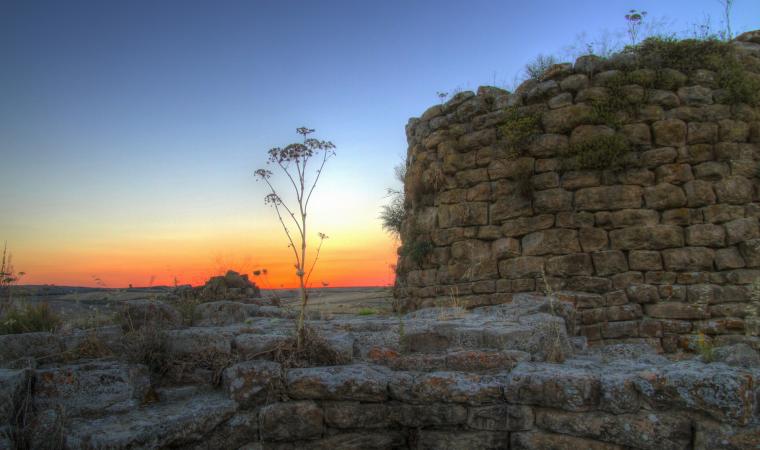On the main street of Ortacesus, leading to the nearby village of Guasila, stands a country house, with typical layout with an internal courtyard, which once belonged to the Serra family, and today is home to the Wheat Museum. The museum was designed to record the traditional farming methods and uses of wheat. The setting could not be more appropriate: Trexenta, the region in the heart of which lies the village of Ortacesus, has been the land of choice since antiquity for the cultivation of durum wheat. The museum's documentary value stems especially from the wealth of objects and materials on display, all sourced in Ortacesus and neighbouring villages, thanks to the cooperation of the local people, who have happily donated objects and tools to support this folk heritage project. A distinctive feature is the division of the various areas in the house according to gender-based specialisations: so we find sections with objects that were traditionally the preserve of either men or women. They are the tools once used for work in the fields, bread-baking and weaving.

